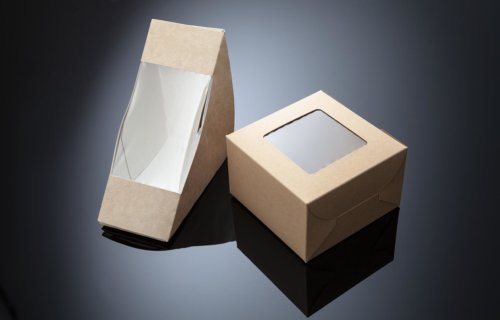CAMBRIDGE, United Kingdom — Each year, the world produces almost 300 million tons of plastic products such as bags, bottles, and straws. Many of these products end up as waste that can take nearly 450 years to break down. With that in mind, scientists from Cambridge University have developed an eco-friendly alternative that can withstand everyday use.
Silk produced by spiders is naturally a very strong, yet lightweight and flexible material. The research team set out to construct a synthetic material similar to spider silk that manufacturers could use as a polymer-like substance. Using proteins from plants, the team built a scaffold (or membrane) that could stand on its own — which they call “vegan spider silk.”
The structure is molecularly similar to silk and researchers say it’s easy to mass-produce. The material can be textured to add color, meaning manufacturers won’t need to add dyes or chemicals that can leak and contaminate the environment or other goods. Moreover, researchers can shape it into items similar to today’s plastics.
Physical chemistry and biophysics professor Tuomas Knowles has studied protein function and activity for years, particularly the effect of misshapen protein structures on their respective function. He and his team have investigated the role of these abnormal proteins in diseases such as Alzheimer’s.
“We normally investigate how functional protein interactions allow us to stay healthy and how irregular interactions are implicated in Alzheimer’s disease,” says the lead researcher in a university release. “It was a surprise to find our research could also address a big problem in sustainability: that of plastic pollution.”
While studying these protein structures, he and his team also studied the molecular structure of spider silk. Knowing that silk contains weak molecular interactions, the goal was to determine the mechanism that gives the silk its strength.
“We found that one of the key features that gives spider silk its strength is the hydrogen bonds are arranged regularly in space and at a very high density,” Knowles says.
The team then theorized a method by which other proteins, such as plant proteins, could assemble themselves in the same pattern.
“Very little is known about the self-assembly of plant proteins, and it’s exciting to know that by filling this knowledge gap we can find alternatives to single-use plastics,” adds PhD candidate Ayaka Kamada, the paper’s first author.
Turning food waste into useful products
They found that a protein isolated from soybeans was capable of forming these repeating, structural patterns containing strong hydrogen bonds. The scaffold produced by the soybean proteins was characteristically similar to silk. Seeing as soybeans are a major waste product of food production, the team calls this is a groundbreaking discovery.
“Because all proteins are made of polypeptide chains, under the right conditions we can cause plant proteins to self-assemble just like spider silk,” Knowles explains. “In a spider, the silk protein is dissolved in an aqueous solution, which then assembles into an immensely strong fiber through a spinning process which requires very little energy.”
“Other researchers have been working directly with silk materials as a plastic replacement, but they’re still an animal product,” says Dr. Marc Rodriguez Garcia. “In a way, we’ve come up with ‘vegan spider silk’ – we’ve created the same material without the spider.”
Garcia, the co-author of the study, is the head of Research and Development at Xampla.
Comparable to top-of-the-line engineering polymers, the substance’s strength comes from the repeating pattern of the soy isolate proteins, which creates a resilient material that is sustainable and non-toxic.
“This is the culmination of something we’ve been working on for over ten years, which is understanding how nature generates materials from proteins,” Knowles says. “We didn’t set out to solve a sustainability challenge — we were motivated by curiosity as to how to create strong materials from weak interactions.”
“The key breakthrough here is being able to control self-assembly, so we can now create high-performance materials,” Rodriguez Garcia concludes. “It’s exciting to be part of this journey. There is a huge, huge issue of plastic pollution in the world, and we are in the fortunate position to be able to do something about it.”
The study is published in the journal Nature Communications.
